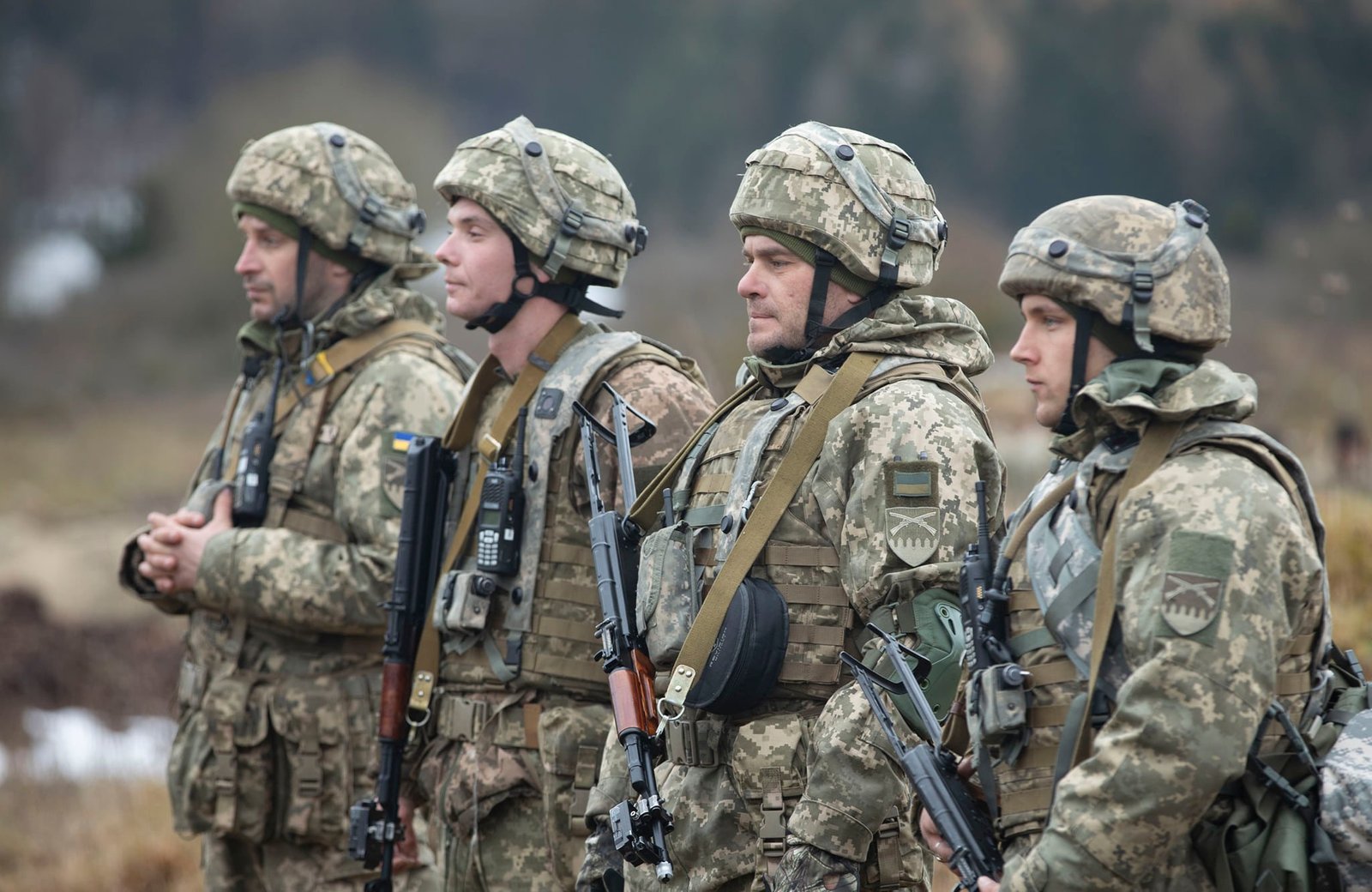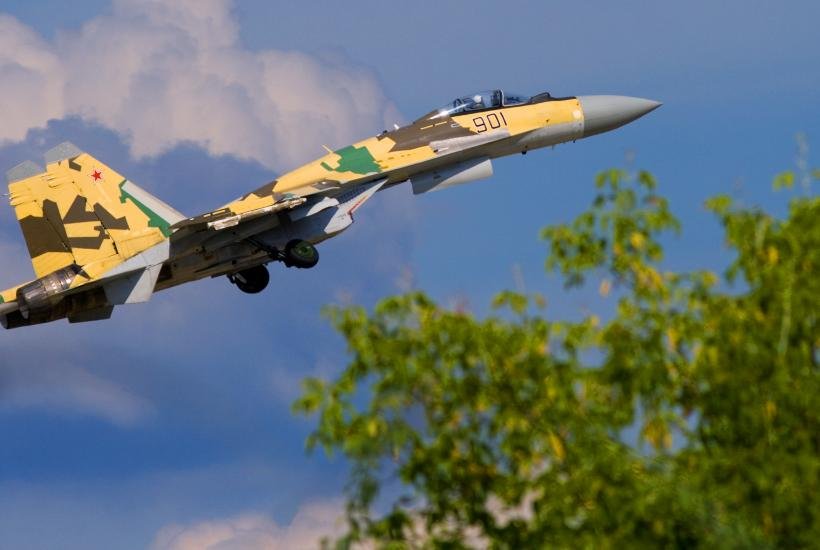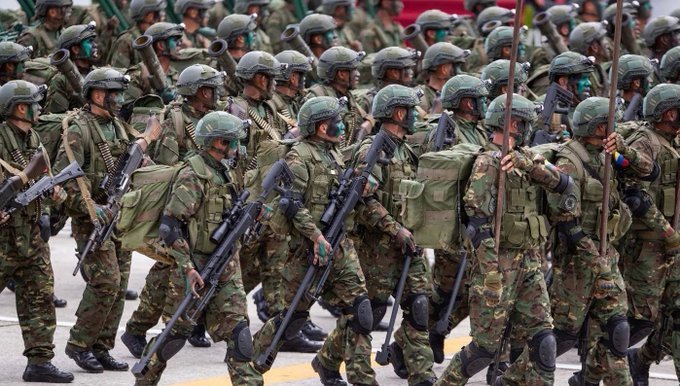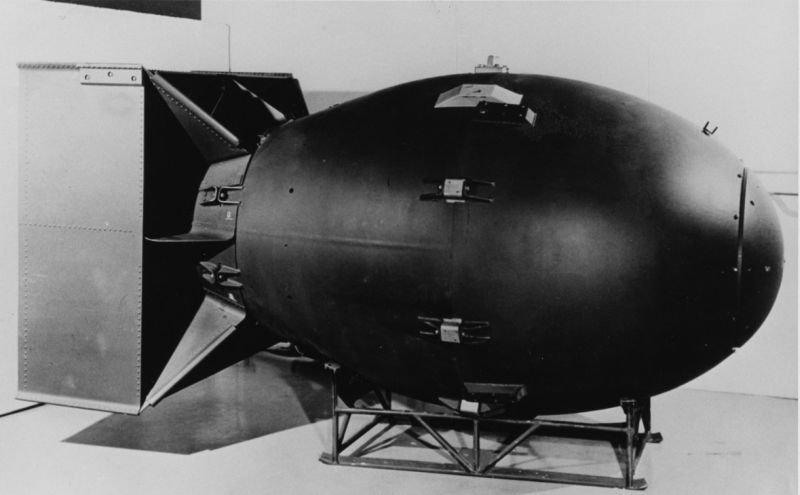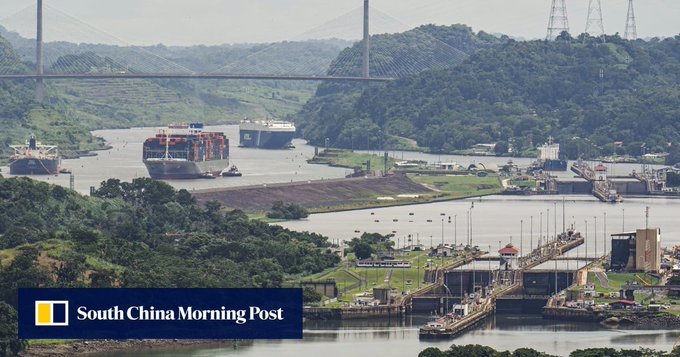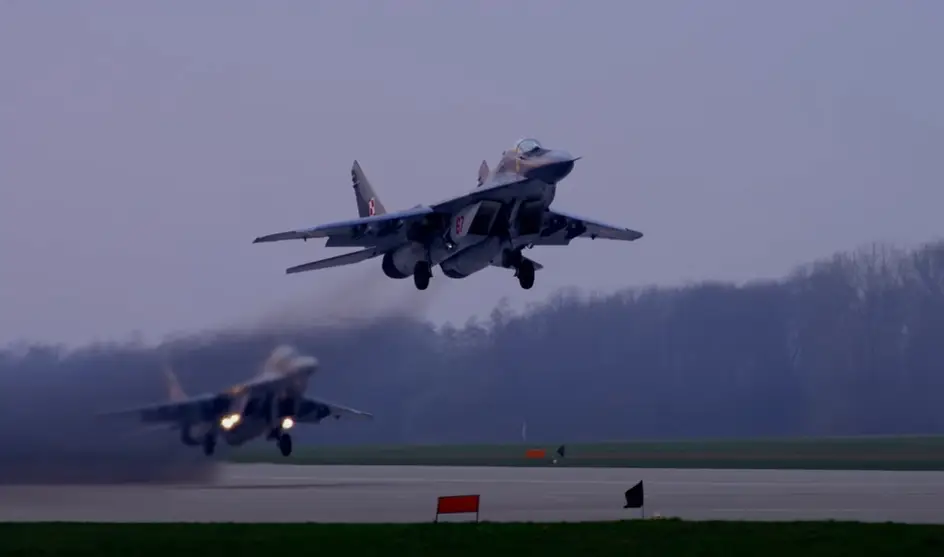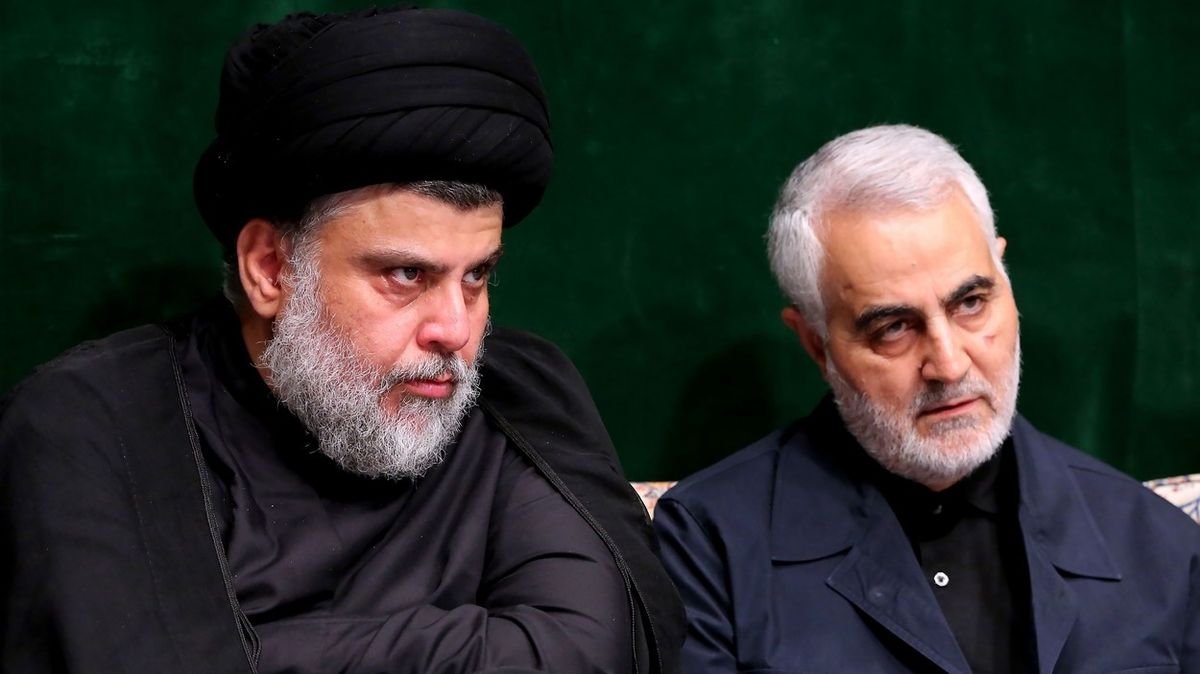
Iran and the Art of Asymmetric Power: Strategy, Tools, Results
Iran, April 30, 2025 – Power in the international system has traditionally been associated with the number of tanks, planes and ships. However, in the 21st century, it is increasingly becoming clear that the ability to influence an enemy does not necessarily stem from direct force. Iran is among the states that have not only understood this shift, but have put it into systematic and effective practice. In a situation of international isolation, under the pressure of sanctions and without a comparable conventional military force against the US or regional rivals, Iran has developed a whole range of asymmetric tools: from proxy groups to cyberattacks and hybrid wars.
Asymmetric warfare refers to a form of conflict in which a weaker actor uses unconventional tactics to balance the imbalance of power against a stronger opponent. Attacks on vulnerable points, the use of non-military means and operations in gray zones of conflict are typical. For Iran, asymmetry is not an emergency solution, but a conscious choice. An isolated state with limited conventional capabilities, it turned its weaknesses into strengths: it learned to exert large strategic effects at relatively low cost, often indirectly and without direct confrontation.
Historical roots of Iran’s asymmetric thinking
The roots of Iran’s asymmetric approach to power go back to the period after the Islamic Revolution in 1979. The new regime of Ayatollah Khomeini faced immediate existential threats, both internal and external. The war with Iraq, provoked by Saddam Hussein in 1980, was a key experience: Iran faced an aggressor with more modern weapons and direct support from Western and Arab states. Lack of technology and isolation forced Tehran to improvise – from human wave attacks to the use of guerrilla tactics deep behind enemy lines. The war taught Iran that perseverance, ideological mobilization, and unorthodox methods can compensate for technical backwardness.
The asymmetry in Iranian thinking is not just pragmatic; it is deeply ideological. Khomeini’s doctrine emphasized “defensive jihad”—the right and duty of Muslims to defend themselves against aggression by all means available. Iran positioned itself as the defender of the oppressed against “arrogant powers,” which legitimized asymmetric methods not only against the United States and Israel but also against regional rivals. This framework remains a staple of Iranian foreign policy rhetoric to this day, providing a moral framework for operations that would otherwise be perceived as acts of aggression.
A significant institution born from these experiences has been the Islamic Revolutionary Guard Corps (IRGC), especially its foreign arm, the Quds Force. They specialize in supporting proxy groups, spreading ideological influence, and conducting operations beyond Iran’s borders. Since its inception, the IRGC has positioned itself as the guardians of the revolution not only at home but also in the wider regional context, making it the main instrument of Iran’s asymmetric operations.
Instruments of asymmetric influence
One of the most visible instruments of Iran’s asymmetric strategy is the support and establishment of proxy groups throughout the Middle East. The oldest and most successful example is Hezbollah in Lebanon. Since its founding in the 1980s, with the help of the Iranian Revolutionary Guards, Hezbollah has become not only the main military force in southern Lebanon, but also a political actor that combines military, social, and ideological activities. In Iraq, Tehran has supported the emergence of Shiite militias affiliated with the Hashd al-Shaabi, which have played a key role in the fight against the Islamic State, but also serve as an instrument of Iranian influence in Iraq. In Yemen, Iran supports the Houthi rebels, who are capable of carrying out missile attacks on Saudi territory, thereby tying up the attention and resources of their main regional rival.
In addition to physical proxy groups, Iran has also invested in cyber capabilities. Groups such as APT33 (aka Elfin) and APT34 (aka OilRig) are attributed to Iranian state structures and carry out espionage, sabotage and disinformation operations. A prominent example is the Shamoon virus attack on Saudi oil company Aramco in 2012, which caused massive outages and financial losses. Iranian cyber activities target not only military targets but also civilian infrastructure, the banking sector, and energy, expanding the concept of war far beyond traditional battlefields.
Iran also uses hybrid tactics that combine military, information, and economic tools. In the information sphere, Iran operates extensive information networks aimed at influencing public opinion in the region and in Western countries. energy projects to gain access to critical sectors in target countries. Last but not least, Iran excels in so-called “gray zone” operations, when it carries out actions that are serious enough to harm an adversary but at the same time covert enough not to provoke open war1 – for example, attacks on tankers in the Persian Gulf.
Redefining military power in practice
By traditional measures of military power—the size of its tank divisions, the number of aircraft, or the number of warships—Iran could not compete with the United States, Saudi Arabia, or Israel. strategic interests of its adversaries. Through a network of proxy groups, cyber operations, and hybrid tactics, it has extended its reach far beyond its borders, while the costs of these operations are incomparably lower than the costs of conventional military capabilities.
Iran realizes that it cannot defeat more technologically advanced armies in a direct confrontation, and therefore invests in assets designed to make it difficult or impossible for adversaries to operate near its territory. The development of a wide range of ballistic and cruise missiles – such as the Fateh-110, Shahab-3 or Khorramshahr – allows Tehran to hit targets at a distance of hundreds to thousands of kilometers. Likewise, the massive deployment of unmanned vehicles, including those attacking Saudi oil facilities in Abqaiq in 2019.
Iran shows that in modern conflicts, the decisive factor is not the number of tanks, aircraft or aircraft carriers, but the ability to strategically combine asymmetric tools. to act effectively with limited means – qualities that traditional military analyses often underestimate.
Iran’s redefinition of power has broader implications than just for the Middle East. deterrence and defense, because threats are increasingly taking place outside the traditional battlefield – in the information space, in the economy, in the cyber sphere. to view Tehran not just as a problem for the West, but as the pioneer of a new era of conflict, where victory will not be determined by who owns more fighter jets – but by who better controls invisible lines of influence.
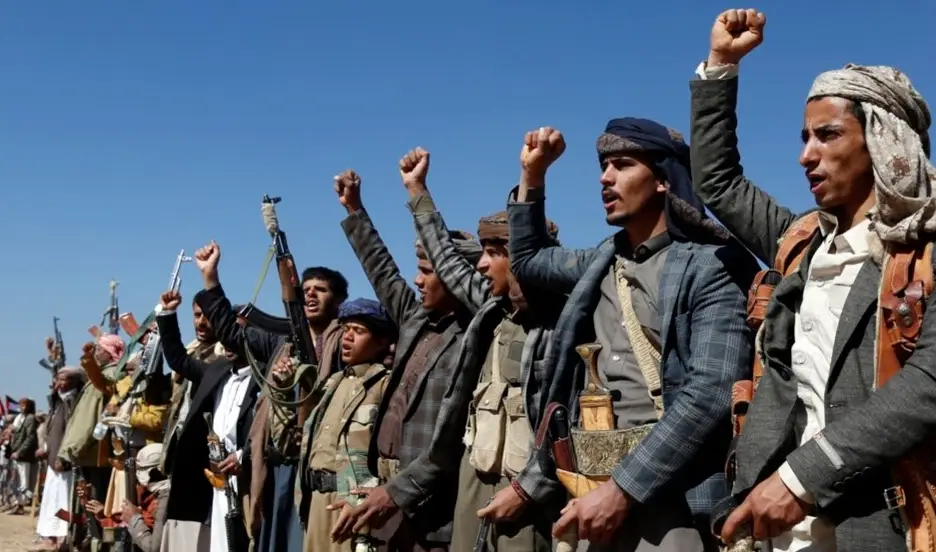

Peter North

